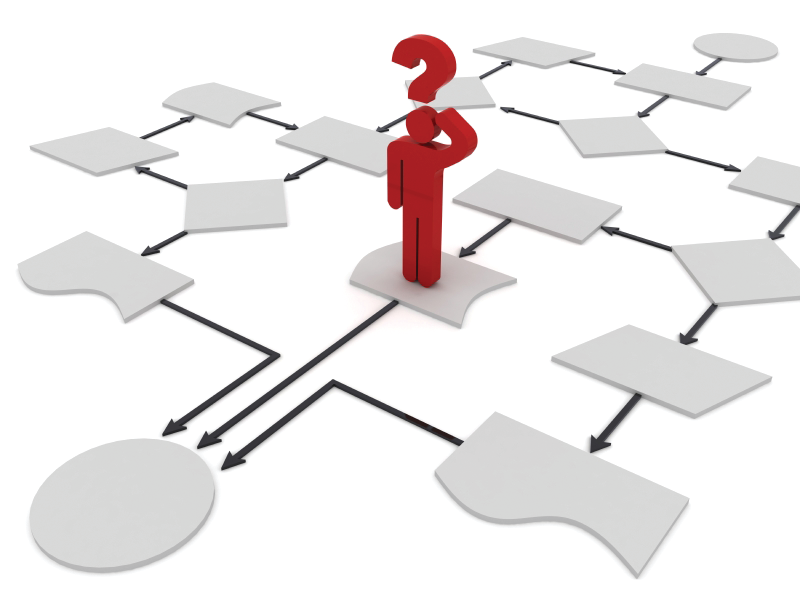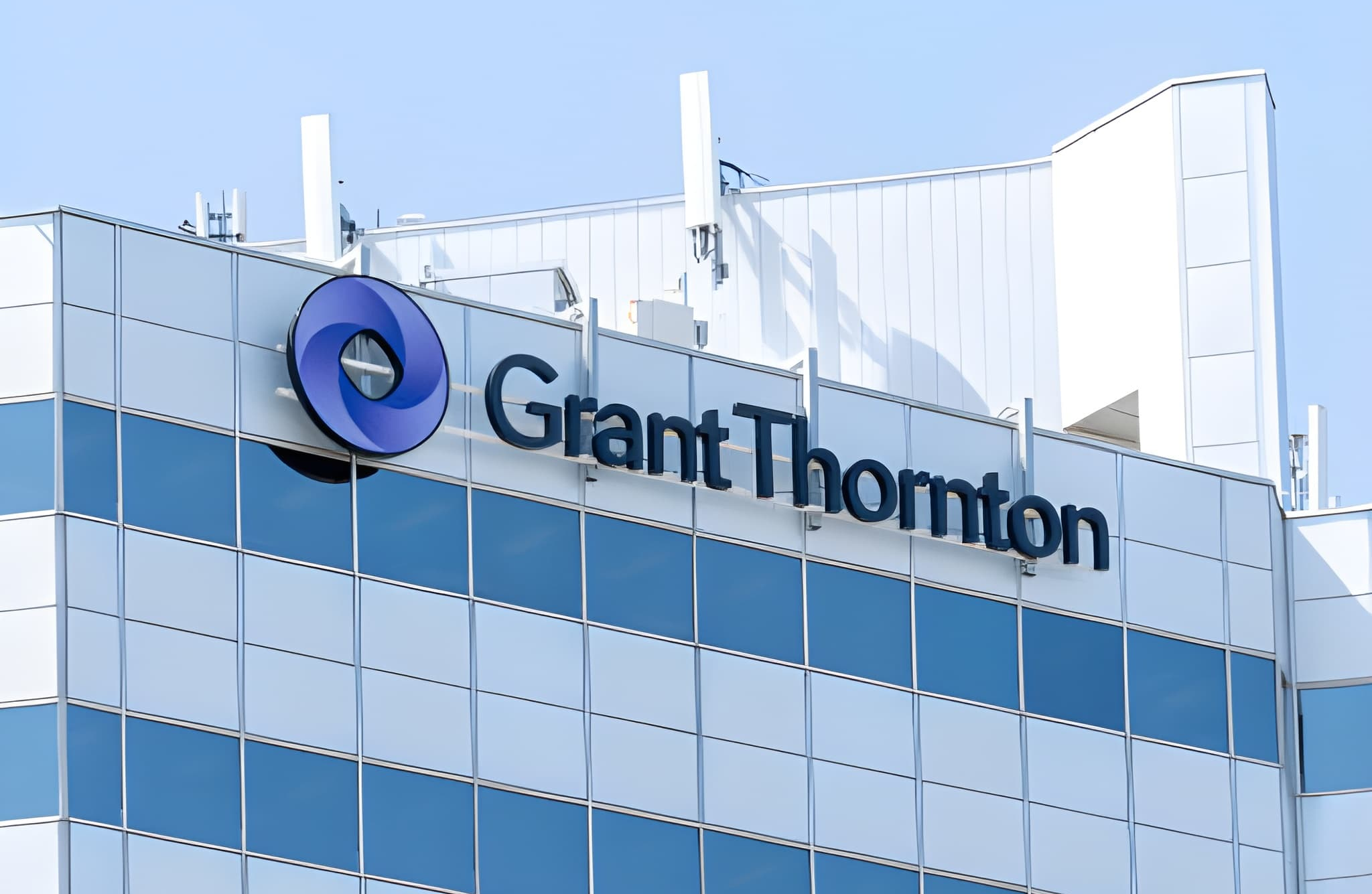Here’s something I hear often from accounting firms: “How can my firm become more efficient?”
Accountants struggle with this concept – and for a good reason. Traditionally, accounting hasn’t had to focus on efficiency. Hourly billing inadvertently reinforced less efficient measures and clients would often dictate workflows and preferences. Combined, these two operating procedures often worked against installing firmwide efficiency-based workflows.
Now, the philosophy around working with clients and within the firm has changed. Operations are moving to paper-lite or even paperless. Technology for both accounting and business processes that introduce collaboration, digitization, electronic information exchanges and more presents an uncanny ability to do more with less. More firms are switching to value-based, flat-rate monthly fees. Consequently, firms are discovering that the more efficiently they run, the more they can grow – adding clients and services without necessarily adding personnel.
The first step to enabling this growth – and the sustainable efficiencies that empower it – is to tackle those inefficient workflows within your firm. By taking the time to streamline these workflows – and achieving a higher level of effectiveness – your firm opens the door to success.
- Identify the critical processes
Dig deeply into your accounting firm and its processes and document the results. What are the primary services you offer? What is the scope of processes that support those services? How many are there? Which processes have the biggest impact on the firm? In order to avoid falling into the rabbit hole, rank the workflows by importance. You don’t have to tackle every process in the firm, just the ones that will yield the biggest results.
How do you determine if a workflow is unwieldy or takes too long? Use your own experience, ask your peers and talk to employees about their experiences. Or, just have a continuous improvement mindset and focus on ongoing improvement of key workflows.
- Chart the current processes as they exist
Once you select the processes you’d like to improve, flowchart the current workflows.
Here are items you will want to take particular note of:
- How many firm members are involved with the workflow.
- The number of client touch points happening within the process.
- Key deliverables and how they map to each step. These will be the steps that cannot be compromised. One example would be the separation of duties when it comes to reviewing and paying bills.
- The most inefficient steps. If you look through your flowchart, which steps take the longest or demand the most resources? Which ones take too long to complete?
This evaluation process helps you truly whittle down a workflow to its most impactful steps, inviting more efficient operations. And by pointing out inefficient workflow steps, it identifies a blueprint for potential technology needs.
For example, if a process is slowed by double data entry, can you integrate systems so that information syncs up automatically? If it takes too long for a client to review a bill, is there the opportunity to institute automatic reminders rather than follow-up phone calls and emails?
Finally, you must recheck all of your assumptions. As I mentioned before, collaborate with firm members to identify weak spots. Ask them what they would like to see introduced to do their jobs more efficiently. I find that those closest to the work being done are the best sources for coming up with ideas on better ways to do things.
- Measure
You won’t know if you’re creating efficient processes if you don’t measure your current ones. Create meaningful metrics around the process prior to improving it so that you can determine if the change is actually adding efficiency.
Common metrics include:
- The time it takes to complete an end-to-end process.
- The time it takes to complete components of a process.
- The cost of completing the process in terms of hours, supplies and money.
- Staff variances.
- The reliability of data – how predictable is the outcome?
More specifically, consider the time it takes to enter a bill, research a transaction, classify a payment as an expense type or key in data into your accounting system or tax software. These numbers will provide a sufficient “before” picture of the process.
And yes, metrics can be boring. You may have even heard of metrics such as these and are tempted to tune out. But many firms don’t take the time to define and capture metrics and, that means they are already behind on efficiency efforts.
- Validate
Once you capture these numbers for measurement, you need to validate the processes with involved employees. Don’t assume that the processes you mapped out are 100 percent accurate.
Consider as well, during this part of the evaluation, if all client touch points are actually required. You may have extra steps that your clients (and employees) don’t appreciate or think efficient. Take the time to validate the processes from the point of view of internal and external operations.
- Brainstorm
Now that you’ve accurately captured your current workflows, take the time to consider how those workflows may be edited or supported to introduce greater efficiencies. During the brainstorming process, consider all the necessary client touch points and deliverables and how to drive the most efficient steps between those points. Try to eliminate steps in the process and shorten the time period/people/labor components as well as line items in your metrics. Then you can determine how to expand these efficiencies to your clients.
For example, paying bills via an online banking system may seem attractive. But what if you could adopt a digital payments technology that also introduces collaboration and creates automatic audit trails tracked by user, time, activities and supporting documents – and it saved time and effort?
Conquering inefficiencies within workflows will open a path to growth and success for your time. Although the process harbors its own challenges, taking the time to examine and refine workflows will truly pay off for your firm.
In the next article in this series, Blake Oliver of Armanino will discuss working with clients to enact and enforce efficient workflows. To read about the link between effectiveness and efficiency, read the first article in this series authored by Doug Sleeter.
———–
Charles Crabtree, Accounting Channel Representative at Bill.com, works with CPAs, accounting firms and bookkeepers to automate the AP/AR process by harnessing the cloud. You can reach him at ccrabtree@hq.bill.com or on LinkedIn.
Thanks for reading CPA Practice Advisor!
Subscribe Already registered? Log In
Need more information? Read the FAQs

![natural_disasters_list_1_.56117a5e5df03[1]](https://www.cpapracticeadvisor.com/wp-content/uploads/2021/12/natural_disasters_list_1_.56117a5e5df03_1_.61c1db14bf0ea.png)


